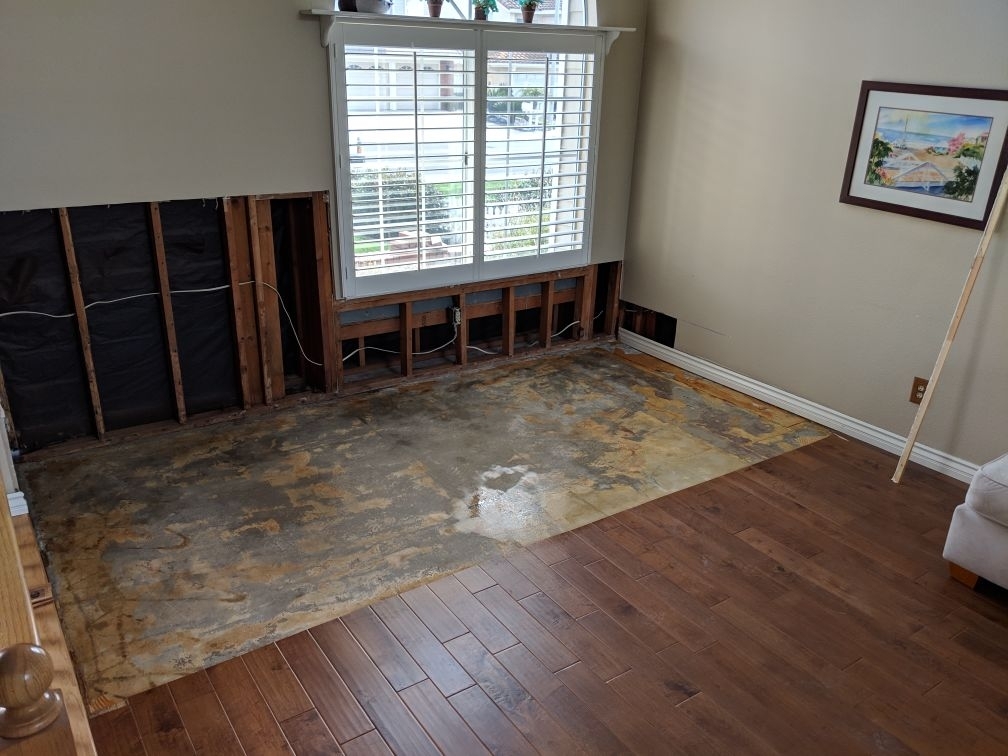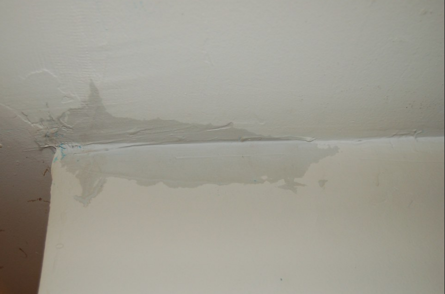6 Water Damage Reconstruction Do's and Don'ts.
6 Water Damage Reconstruction Do's and Don'ts.
Blog Article
The writer is making a number of good points relating to Safety Tips To Prevent Fire And Water Damage as a whole in this content further down.

Water provides life, water invasion on parts where it's not meant to be can result in damage. Houses with water damage smell musty and also old.
Water can come from many sources such as hurricanes, floods, burst pipes, leakages, and also drain problems. In case you experience water damage, it would certainly be good to recognize some safety and security preventative measures. Right here are a few standards on exactly how to handle water damages.
Do Prioritize House Insurance Coverage
Water damages from flooding because of hefty winds is seasonal. You can also experience an unexpected flooding when a damaged pipe all of a sudden ruptures right into your residence. It would be best to have house insurance policy that covers both disasters such as natural calamities, and emergencies like damaged plumbing.
Don't Forget to Shut Off Utilities
In the event of a catastrophe, particularly if you reside in a flood-prone area, it would be advisable to turn off the primary electrical circuit. This cuts off power to your entire residence, stopping electrical shocks when water comes in as it is a conductor. Moreover, do not fail to remember to switch off the main water line shutoff. When floodwaters are high, furniture will move and also trigger damage. Having the main valve shut off avoids additional damages.
Do Keep Proactive and also Heed Weather Condition Notifies
Listen to emptying warnings if you live near a river, creek, or lake . Doing so decreases potential property damages.
Don't Ignore the Roof
Before the weather turns shocking, see to it you have a roof covering assessment. It would certainly be prudent to receive this service every year as it can minimize complex issues. If there are no openings and also leakages in your roof covering, you can avoid rainfall damage. Your roofer will likewise deal with malfunctioning gutters or any other signs of weakening. This will avoid water from flowing down your walls and also saturating your ceiling.
Do Pay Attention to Tiny Leakages
A ruptured pipeline does not take place over night. You might notice bubbling paint, peeling wallpaper, water streaks, water stains, or leaking noises behind the walls. Have your plumbing repaired prior to it results in large damage.
Don't Panic in Case of a Ruptured Pipe
Keeping your clearheadedness is essential in a time of crisis. Stressing will only compound the trouble due to the fact that it will stifle you from acting quickly. Timing is crucial when it comes to water damages. The longer you wait, the more damage you can anticipate. Thus, if a pipeline bursts in your residence, promptly shut off your primary water shutoff to remove the source. Then disconnect all electric outlets in the location or switch off the circuit breaker for that part of your home. Ultimately, call a trusted water damages repair professional for assistance.
Water gives life, water intrusion on parts where it's not supposed to be can result in damage. Homes with water damages scent old and musty.
Water damages from flood dues to hefty winds is seasonal. You might discover bubbling paint, peeling off wallpaper, water touches, water spots, or leaking sounds behind the walls. When it comes to water damages, timing is crucial.
Some Do's & Don't When Dealing with a Water Damage
DO:
Make sure the water source has been eliminated. Contact a plumber if needed. Turn off circuit breakers supplying electricity to wet areas and unplug any electronics that are on wet carpet or surfaces Remove small furniture items Remove as much excess water as possible by mopping or blotting; Use WHITE towels to blot wet carpeting Wipe water from wooden furniture after removing anything on it Remove and prop up wet upholstery cushions for even drying (check for any bleeding) Pin up curtains or furniture skirts if needed Place aluminum foil, saucers or wood blocks between furniture legs and wet carpet Turn on air conditioning for maximum drying in winter and open windows in the summer Open any drawers and cabinets affected for complete drying but do not force them open Remove any valuable art objects or paintings to a safe, dry place Open any suitcases or luggage that may have been affected to dry, preferably in sunlight Hang any fur or leather goods to dry at room temperature Punch small holes in sagging ceilings to relieve trapped water (don't forget to place pans beneath!); however, if the ceiling is sagging extremely low, stay out of the room and we'll take care of it DO NOT:
Leave wet fabrics in place; dry them as soon as possible Leave books, magazines or any other colored items on wet carpets or floor Use your household vacuum to remove water Use TV's or other electronics/appliances while standing on wet carpets or floors; especially not on wet concrete floors Turn on ceiling fixtures if the ceiling is wet Turn your heat up, unless instructed otherwise

Do you really like reading about Preventing Fires and Water Damage In Your Home? Give feedback further down. We'd be interested to find out your opinions about this blog. In hopes to see you back again later on. Are you aware of another person who is interested by 5 Home Safety Tips To Reduce The Risk Of Fire And Water Damage? Why not promote it. I thank you for reading our article about Ways to Reduce The Risk Of Fire And Water Damage.
Report this page